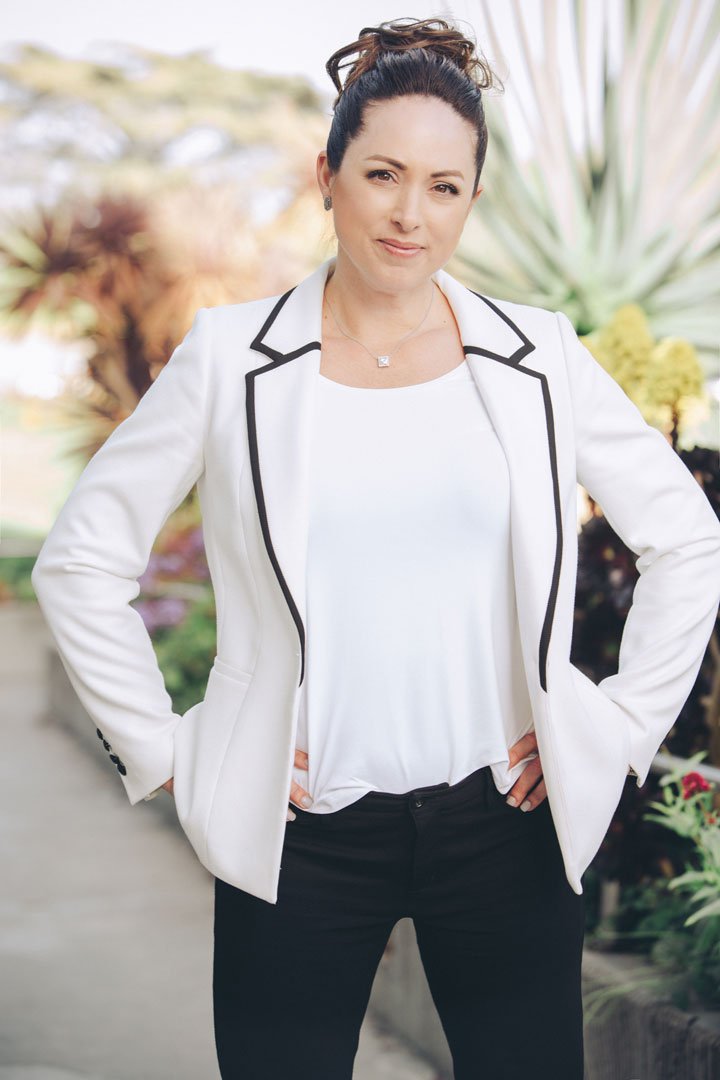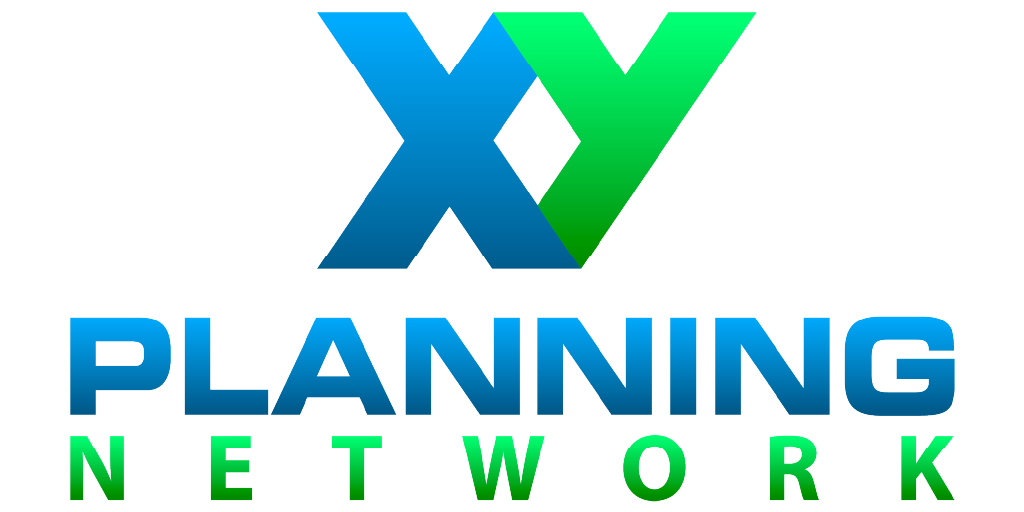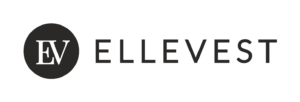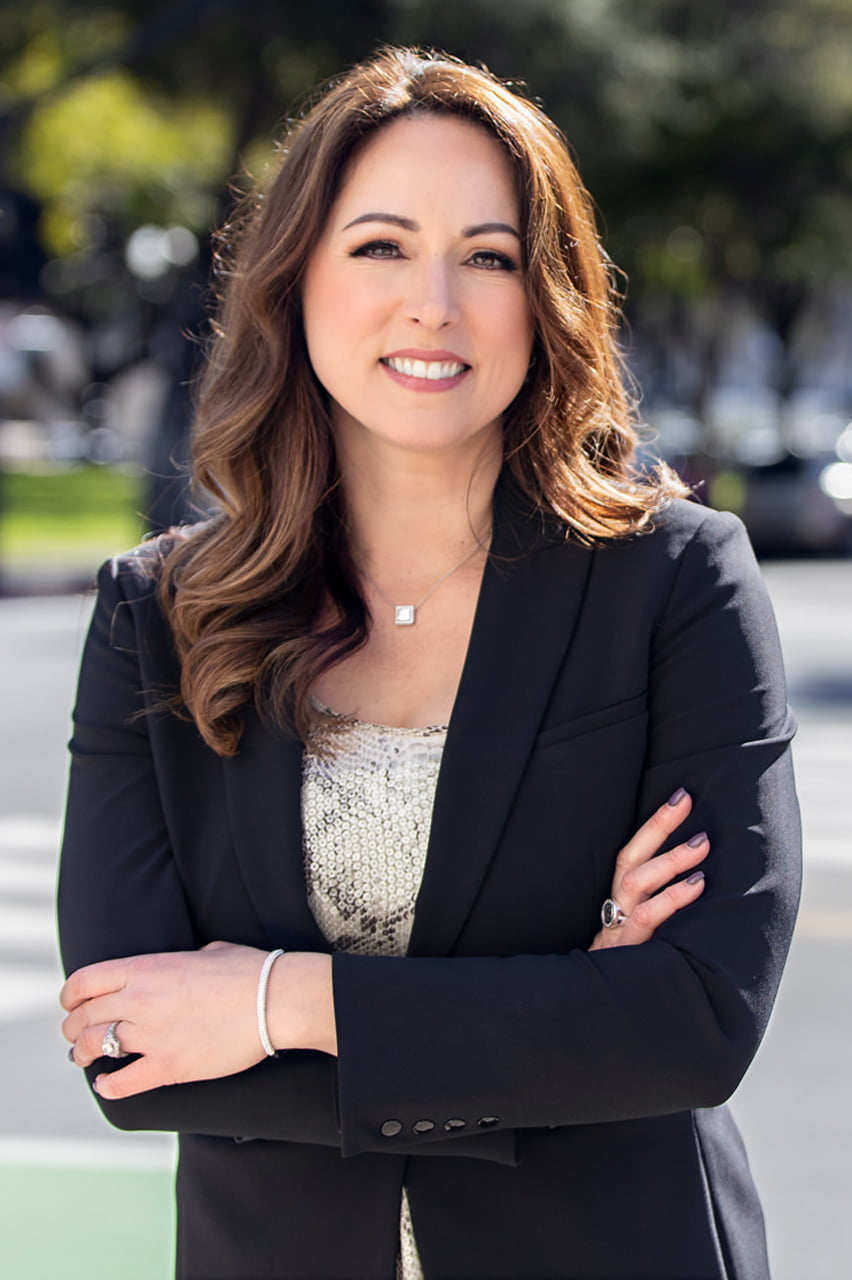4 Critical Phases in Every Woman’s Financial Life
And how to get the support you need during each phaseThank you for attending the Chairman Mom presentation entitled, When Should I Hire a Financial Advisor. I’m Hilary Hendershott, your keynote speaker. I am happy to present to you, as my gift, this guide to the 4 Critical Phases in Every Woman’s Financial Life.
This guide can help you identify where you are in your financial life, what steps may be coming next for you, and what type of professional guidance may most support your current goals and ambitions.
The link to this webpage is live on the Internet, so you can share it, but I will not be promoting it or using it anywhere but here. This is exclusively for you.
And the wisdom in this guide comes from my personal experience and learning!
First – of course – I personally maneuvered through all of these critical phases on my path to financial success.
Second – because I literally designed my business to support women’s financial success – I have had the honor of seeing the inner workings of the financial lives of hundreds of women just like you.
If, after reading this guide, you have questions or would like to speak with me or someone on my team, please email us at [email protected]. We’d love to hear from you!
For more about me and how my firm works, please click here.
Phase I: Getting Started
You’re just beginning to build the foundation for your financial life.
Phase II: Taking Off
Life comes at you fast in this phase. Stay on track and you’ll be surprised how the account balances grow.
Phase III: Gaining Altitude
(likely between 5 and 15 years from retirement)
In this phase, you will likely find that your investment accounts can earn more than your annual paycheck.
Phase IV: Financial Freedom
(5 years from and through retirement)
Phase I: Getting Started
Ideal vs Realistic
In my experience, people tend to “should” on themselves a lot when it comes to money, which of course leads to bad feelings and regret. People might try to convince you that you should have started early, you should save more, and that your finances should look quite a bit different than they do.
I myself started my thirties with massive amounts of debt, bad financial habits, and a good amount of shame to go with it. But I got really committed to different results, and before I turned forty I had achieved true financial independence.
Of course, my financial story isn’t a common one, but I am living proof that anything is possible!
So try not to get stuck on how things should be, but rather focus on how to incrementally and continuously improve your own financial situation each day, week, month, quarter and year.
Phase I (idealistic):
- Get a job or produce self-employment income.
- Get a place to live and pay less than 30% of your net income in rent.
- Borrow a little money for your first car, pay off the loan, save enough to pay cash for cars after that.
- No more short term debt or loans.
- If you use credit cards, don’t carry balances.
- Max out your 401(k) and get the employer match.
Phase I (realistic):
- You have a job where you make a decent wage.
- You have some bad habits you need to change.
- You have some credit card debt, auto debt, and maybe even IRS debt.
- Maybe you earn child support, maybe you pay it.
- You either have a monthly mortgage payment that scares you or you are resigned about ever being able to afford to buy a house.
The point is that in Phase I, you’re just beginning to build the foundation for your financial life. You are learning about trade-offs and starting to save money, but each one of your dollars is extremely valuable to you because you are nowhere near your earning capacity yet.
Let’s talk about how much you need to save over these next few decades:
A good rule of thumb: You need about a million dollars saved for every $30,000 to $40,000 of annual income (otherwise known as spending) you want to live on in retirement.
So if you want to live on $100,000 of income each year in retirement, you need to target $2.857 million dollars in savings. However, that number doesn’t take inflation into account. The normal price level will approximately double about every 29 years assuming 2.5% inflation. So if you’re 30, and you want to retire in 30 years on $100,000 in today’s annual income/spending, you’re actually going to need $200,000 in 30 years to feel like $100,000 today. So you actually need to target $5,000,000 in savings.
But do not let that frustrate you or disenchant you!
With that amount of money, you can retire securely at the age of 60, and if you’re smart, and you have a good retirement income distribution strategy, you can righteously expect that money to last the rest of your life.
So please stop saying, “I don’t need to be a millionaire”!!
Incidentally, with a professional portfolio if you have high returns and lower volatility, you may be able to pull more than the previously quoted 3-4% from your portfolio. For example, in my practice, I have commonly been paying clients closer to 5% of their account balance per year.
Getting the equivalent of a raise like that is a big deal in retirement. It lowers the portfolio size required from $2.5 million in the last example to $2 million. In the case of future (inflated) dollars, I said you needed $5 million, but if you increase your payout percentage you actually only need $4 million.
I know that’s counter intuitive. Most people think hiring a financial advisor is expensive, but in this case, I just gave you a scenario where it probably saves you a million dollars. That’s a big deal!

What do you do next? Take the actions that will ensure you move from Phase I to Phase II.
- Start saving 20% of your net income. Maybe more.
- First thing: Set aside or save $2,500 in a savings account that you never spend (you can even name the account “Do not spend.”)
- Now increase that to 6 months of overhead.
- If you have debt, continue to pay more than the minimum.
- Once you have 6 months of overhead saved, take half that account balance and use it to pay off credit card debt.
- If your employer offers matching, take advantage of that while you’re paying off debt.
Once debt is paid off, move to Phase II. Never go back to Phase I.
Like a squirrel storing nuts for the winter, guard your savings fiercely.
Don’t go backwards financially. It hurts.
What do you do next? Take the actions that will ensure you move from Phase I to Phase II.
- Start saving 20% of your net income. Maybe more.
- First thing: Set aside or save $2,500 in a savings account that you never spend (you can even name the account “Do not spend.”)
- Now increase that to 6 months of overhead.
- If you have debt, continue to pay more than the minimum.
- Once you have 6 months of overhead saved, take half that account balance and use it to pay off credit card debt.
- If your employer offers matching, take advantage of that while you’re paying off debt.
Once debt is paid off, move to Phase II. Never go back to Phase I.
Like a squirrel storing nuts for the winter, guard your savings fiercely.
Don’t go backwards financially. It hurts.

Guidelines during Phase I
Keep your expenses as low as you possibly can. Housing costs and transportation costs are what kill most people’s financial dreams.
You must right size your expenses.
Do everything you can to not have to borrow money to buy a new car. Wealthy people pay cash for depreciating assets.
Build the skill of saving money – even if it’s just a few dollars a month.
The experience of “doing without” during Phase I will build your character! It’s a good thing. You’re earning your stripes, and you’re becoming someone who appreciates things. Sooner than you expect, you’ll find yourself moving into Phase II.
Resources for financial guidance during Phase I
Search tools to help you find a fiduciary financial advisor who will work with you on a retainer, monthly fee or hourly basis:
XY Planning Network
Go to https://www.xyplanningnetwork.com/ then click on “Find an advisor”
This site contains a network of fee-only planners who offer hourly work. I suggest searching for a female planner.
Facet Wealth
Facetwealth.com offers financial planning for a flat fee starting at $100 per month depending on the complexity of your situation.
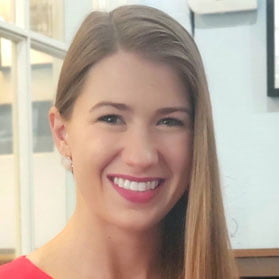
Autumn K. Campbell, CFP®
One female advisor you might consider is Autumn (Campbell) Knutson. Autumn is a lead planner and CFP® at Facet. She brings her love for education to financial planning and has a passion for helping others to make confident, informed decisions to live their lives in alignment with their values.

Great Lakes Investment Management
Greatlakesinvestment.com combines a heart-felt boutique experience with cutting edge technology and access to the best investment products. There is no minimum to work with them and they also offer project-based financial planning.
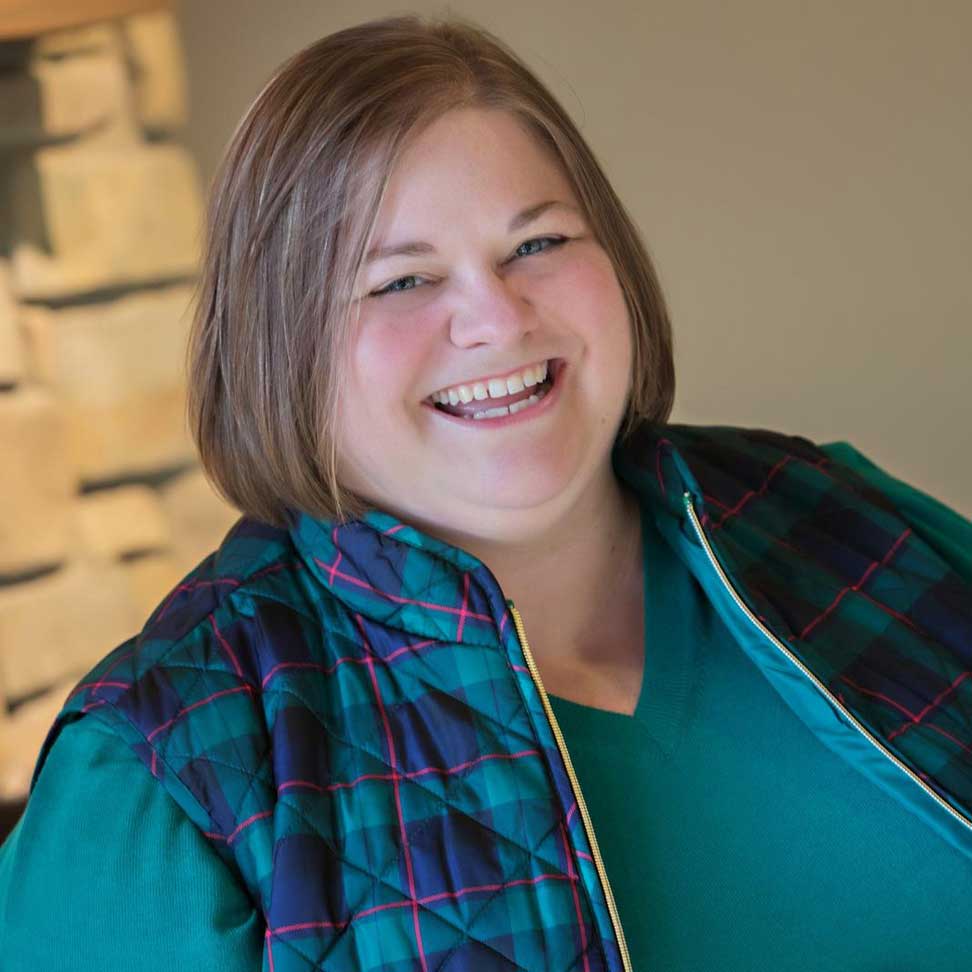
Leah Hadley, AFC, CDFA
One of the women advisors you might consider is Leah Hadley, AFC, CDFA. Leah is the Founder and Senior Financial Advisor at Great Lakes. She specializes in working with women, particularly those going through a major life transition (expanding family, changing jobs, divorce, starting a business, etc.) She offers flat-fee financial planning and/or assets under management. Her services also include 401(k) recommendations depending on the scope of work.
Other Resources
Ellevest
Ellevest was created by women for women. It is a digital investing platform that brings women’s real lives into the data model so they can give you more tailored financial advice. They provide 3 levels of membership plans that include investing, access to learning, banking, coaching discounts, personalized retirement planning, and multi-goal investing. Their plans range from $1/month up to $9/month.
Contact an estate planning attorney in your state: Everyone needs a will, medical directives and power of attorney. Check Yelp to find one in your area. Price out a few attorneys to find the best price/best fit for you.
Here’s a great debt paydown calculator: https://www.vertex42.com/Calculators/debt-reduction-calculator.html (Choose the Strategy: Avalanche Highest Interest First)
Phase II: Taking Off
During Phase II, you’ll be able to:
Guidelines for Phase II:
Your best bet is to set your lifestyle costs at a level that you are fairly comfortable with and then save your raises, bonuses, and windfalls. Some of that savings will get spent on shorter term goals, but it’s better than spending on things you won’t even remember.
During Phase II, you are a farmer sowing seeds for harvest. Act like one!
As your investments and tradeoffs start to reap benefits for you, you’ll find you have more resources, more assets, more choices to make, and frankly, more complexity to deal with. If you’re currently not working with a financial advisor, hiring one might seem expensive. But there is a lot of third-party data to show that financial advisors earn their keep.
There is great information compiled by Vanguard on the value-add of an advisor. Through their research, they find that people who hire comprehensive financial advisors have the opportunity to earn approximately three percent more per year than their non-advised counterparts. Life, investments, tax, and the economy are really complex. Don’t go it alone. You can read the complete study here.
Guidelines for Phase II:
Your best bet is to set your lifestyle costs at a level that you are fairly comfortable with and then save your raises, bonuses, and windfalls. Some of that savings will get spent on shorter term goals, but it’s better than spending on things you won’t even remember.
During Phase II, you are a farmer sowing seeds for harvest. Act like one!
As your investments and tradeoffs start to reap benefits for you, you’ll find you have more resources, more assets, more choices to make, and frankly, more complexity to deal with. If you’re currently not working with a financial advisor, hiring one might seem expensive. But there is a lot of third-party data to show that financial advisors earn their keep.
There is great information compiled by Vanguard on the value-add of an advisor. Through their research, they find that people who hire comprehensive financial advisors have the opportunity to earn approximately three percent more per year than their non-advised counterparts. Life, investments, tax, and the economy are really complex. Don’t go it alone. You can read the complete study here.

Specific fee-only fiduciary financial advisors who specialize in working with women in this phase:

Great Lakes Investment Management
Greatlakesinvestment.com combines a heart-felt boutique experience with cutting edge technology and access to the best investment products. There is no minimum to work with them and they also offer project-based financial planning.

Leah Hadley, AFC, CDFA
One of the women advisors you might consider is Leah Hadley, AFC, CDFA. Leah is the Founder and Senior Financial Advisor at Great Lakes. She specializes in working with women, particularly those going through a major life transition (expanding family, changing jobs, divorce, starting a business, etc.) She offers flat-fee financial planning and/or assets under management. Her services also include 401(k) recommendations depending on the scope of work.

Your Richest Life
Yourrichestlifeplanning.com offers fee only financial planning services for busy professionals such as doctors, attorneys, project managers, tech and small business owners. There is no minimum asset amount required to work with them but their average clients typically make over $200,000/yr and are in their prime working years.
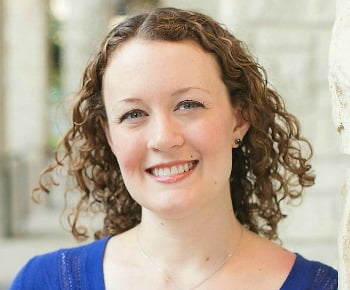
Katie Brewer, CFP®
One of the women advisors you might consider is Katie Ward Brewer, CFP®. Katie has over 10 years of experience serving women and couples currently working in the fields of healthcare, law, tech, and finance with comprehensive financial planning. She provides the flexibility to be able to work on a yearly fee or as a percentage of assets under management. Her services also include 401(k) account recommendations.

Cultivating Wealth
Cultivatingwealth.com offers fee-only financial planning with a team-based approach. This allows them to offer multiple areas of specialization including divorce financial analysis, company stock, real estate, retirement planning, and college planning. Their core clients are women in their prime working years and they offer a choice between a flat annual or assets under management based-fee (this type of fee model means the advisor charges based on the balance of the account they manage).

Sara Stanich
MBA, CFP®, CDFA®, CEPA®
One of the female advisors you might consider is Sara Stanich MBA, CFP®, CDFA®, CEPA®. Sara founded Cultivating Wealth in 2016 after nearly 10 years in the industry. She has extensive experience working with creative professionals, entrepreneurs, and persons in the divorce process.
Spark Financial Advisors
Sparkfinancialadvisors.com blends fee-only financial advice with life planning. They work with high earning women and couples, specifically business owners and women who are employees with leadership responsibilities and have kids at home. There is no asset minimum but they do have a minimum fee of $4,000 for W-2 employees and $5,000 for business owners. Their fee is annual and based on assets under management and complexity.
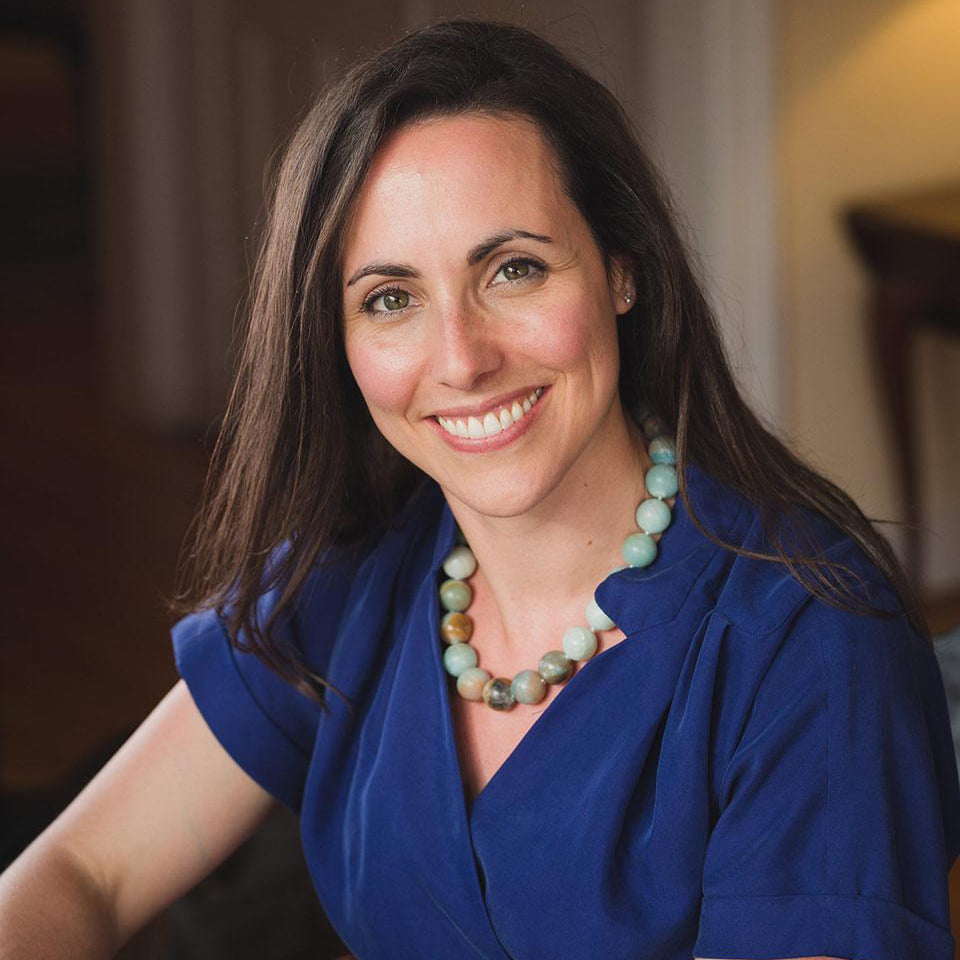
Lauren Zangardi Haynes, CFP®
One of the women advisors you might consider is Lauren Zangardi Haynes CFPTM , CIMATM. Lauren has over 15 years of experience in the financial services industry. She works with high earning women and couples balancing the many complexities of a busy work and home life. According to her, If you kept your last name when you got married, than her company will probably be a good fit for you.
Other Resources
Ellevest
Ellevest was created by women for women. It is a digital investing platform that brings women’s real lives into the data model so they can give you more tailored financial advice. They provide 3 levels of membership plans that include investing, access to learning, banking, coaching discounts, personalized retirement planning, and multi-goal investing. Their plans range from $1/month up to $9/month.
- I hate budgets. I don’t use them and I don’t recommend them to my clients. Instead, I recommend you use a system of multiple bank accounts and automated transfers to produce even more financial benefits. Here’s a guide I created: https://old.hilaryhendershott.com/automate
- When shopping for life insurance, consult with an insurance broker who can show you rates for multiple companies and work with you if you have pre-existing conditions. We recommend LLIS: https://llis.com/clients
- What does it mean to maximize your 401(k) contributions: https://www.investopedia.com/401-k-vs-ira-contribution-limits-4770068
- What bank should I use to save for a house downpayment:
- Google: “Nerd Wallet Best Savings account”
- They update the list monthly and show pros and cons to each account on their list.
- 529s: Your state may offer tax benefits to save in your state’s 529, which is likely the very best way for you to save to cover college expenses for your children. Check here: https://www.savingforcollege.com/
- If you don’t already have your estate plan documents drafted, contact an estate planning attorney in your state. Everyone needs a will, medical directives and power of attorney. Check Yelp to find one in your area. Price out a few attorneys to find the best price/best fit for you.
After these are handled, you will find yourself in Phase III.
Phase III: Gaining Altitude
(likely between 5 and 15 years from retirement)
- In this phase, you will likely find that your investment accounts can earn more than your annual paycheck.
- You are starting to experience that your financial life has extreme complexity, and financial mistakes in this phase and afterward can be unrecoverable.
- In this phase, you’ll find yourself truly craving confidence that you are saving enough and that your account balances are tracking to be large enough to retire on your desired date. Working with the right financial advisor can make all the difference here.
- Measure and be vigilant about your annual spending. This number is the basis for all effective financial planning! In order to know whether you have sufficient savings, we must have a relatively good idea of what you are spending now to live a life you love.
- Have an investment philosophy. Whether it is you who has implemented it or a financial advisor you trust, it is critical that you are not investing based upon the way the winds blow today. Do not try to predict the future, which has been shown time and time again to be unpredictable in the short-term. You need an evergreen philosophy you can hang your hat on.
- Know your net worth. Your net worth is the total of your assets less your liabilities. There are a few systems out there (also called asset aggregators) to track this. If you don’t already have one, we’d invite you to use eMoney (link below in resources). You can also use it to track your spending and run financial calculations.
Specific fee-only fiduciary financial advisors who specialize in working with women in this phase:

Your Richest Life
Yourrichestlifeplanning.com offers fee only financial planning services for busy professionals such as doctors, attorneys, project managers, tech and small business owners. There is no minimum asset amount required to work with them but their average clients typically make over $200,000/yr and are in their prime working years.

Katie Brewer, CFP®
One of the women advisors you might consider is Katie Ward Brewer, CFP®. Katie has over 10 years of experience serving women and couples currently working in the fields of healthcare, law, tech, and finance with comprehensive financial planning. She provides the flexibility to be able to work on a yearly fee or as a percentage of assets under management. Her services also include 401(k) account recommendations.

Aspen Wealth Management
Aspenwealthinc.com offers comprehensive financial planning and asset management services for families, professionals, business owners and executives.

Liz Windisch, CFP®
One of the women advisors you might consider is Liz Windisch CFP®. Liz specializes in comprehensive financial planning for Gen X women. She works with her clients on identifying values and setting goals before even talking about investments. Liz’s fees are 1% of assets under management for accounts less than $1,000,000 or a sliding scale for accounts over $1,000,000. She also offers project based planning in which she charges an hourly rate

Cultivating Wealth
Cultivatingwealth.com offers fee-only financial planning with a team-based approach. This allows them to offer multiple areas of specialization including divorce financial analysis, company stock, real estate, retirement planning, and college planning. Their core clients are women in their prime working years and they offer a choice between a flat annual or assets under management based-fee (this type of fee model means the advisor charges based on the balance of the account they manage).

Sara Stanich
MBA, CFP®, CDFA®, CEPA®
One of the female advisors you might consider is Sara Stanich MBA, CFP®, CDFA®, CEPA®. Sara founded Cultivating Wealth in 2016 after nearly 10 years in the industry. She has extensive experience working with creative professionals, entrepreneurs, and persons in the divorce process.
Spark Financial Advisors
Sparkfinancialadvisors.com blends fee-only financial advice with life planning. They work with high earning women and couples, specifically business owners and women who are employees with leadership responsibilities and have kids at home. There is no asset minimum but they do have a minimum fee of $4,000 for W-2 employees and $5,000 for business owners. Their fee is annual and based on assets under management and complexity.

Lauren Zangardi Haynes, CFP®
One of the women advisors you might consider is Lauren Zangardi Haynes CFPTM , CIMATM. Lauren has over 15 years of experience in the financial services industry. She works with high earning women and couples balancing the many complexities of a busy work and home life. According to her, If you kept your last name when you got married, than her company will probably be a good fit for you.
Other Resources
- Hendershott Wealth Management: www.hilaryhendershott.com
- Tracking spending & Know your Net Worth: https://old.hilaryhendershott.com/emoney
Phase IV: Financial Freedom
(5 years from and through retirement)
“We are what we repeatedly do. Excellence, then, is not an act, but a habit.”
-Will Durant
If you find yourself five or fewer years from your planned retirement date:
A financial advisor can review your current savings rate, spending rate, and retirement account balances to give you guidance on when you can retire and how much income you can draw from your accounts. And if the numbers aren’t aligned with what you had planned, the advisor can provide recommendations on what to do to get there.
Resources during Phase IV
I would love to work with you in this phase of your financial life. We have an excellent track record of creating successful results with our female clients.
Here is a description of my firm:
Hendershott Wealth Management, LLC provides comprehensive, ongoing wealth management including the construction and continual monitoring of a professionally managed investment portfolio.
Hilary Hendershott, MBA, CFP® is the Founder and Chief Advisor of Hendershott Wealth Management. With 21 years of experience as a fee-only financial advisor, her mission is to empower women to take control of their finances and make their money work for them. Hilary typically works with clients who have at least $1,500,000 to invest. Many of her clients have large portfolios of equity compensation that cannot be diversified or managed yet. In that case, we charge a proportionate minimum annual fee in order to provide personalized guidance to maximize the value of equity compensation while minimizing your tax bill.
Other Resources
- 7 Steps to Wealth guide
- 7 Steps to Wealth Profit Boss® Radio Episode
- Power Career Moves with the Career Contessa Profit Boss® Radio Episode
- Negotiating for More, Part 1 Profit Boss® Radio Episode
- Negotiating for More, Part 2 Profit Boss® Radio Episode
- Big Money Lessons for Women from Shark Tank Entrepreneurs with Professor Why Women Should Ask for More: Sharon Poczter Profit Boss® Radio Episode
All written content on this site is for information purposes only. Opinions expressed herein are solely those of HWM, unless otherwise specifically cited. Material presented is believed to be from reliable sources and no representations are made by our firm as to another parties’ informational accuracy or completeness. All information or ideas provided should be discussed in detail with an advisor, accountant or legal counsel prior to implementation.

